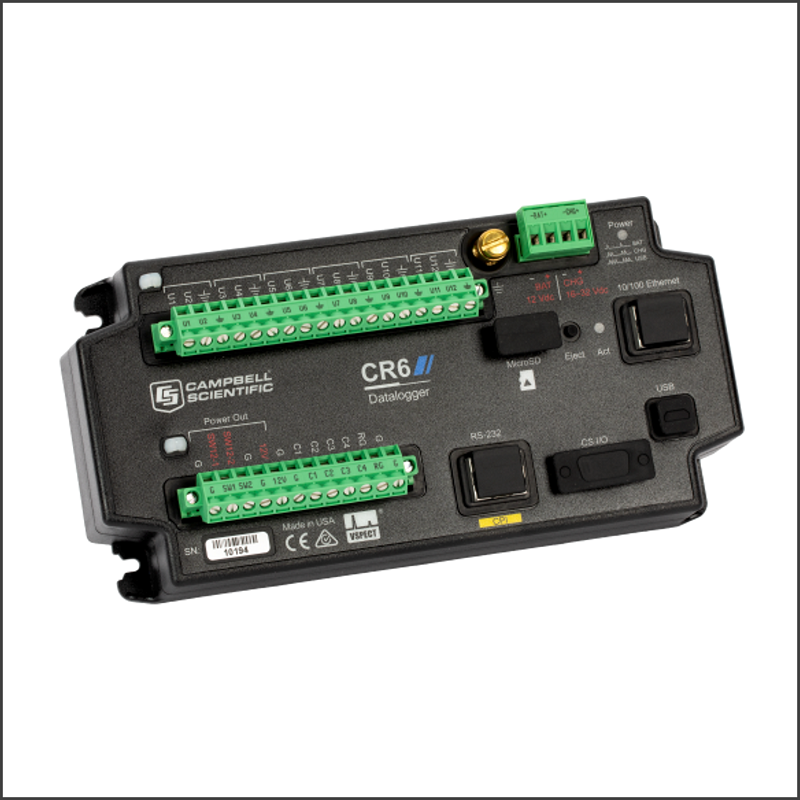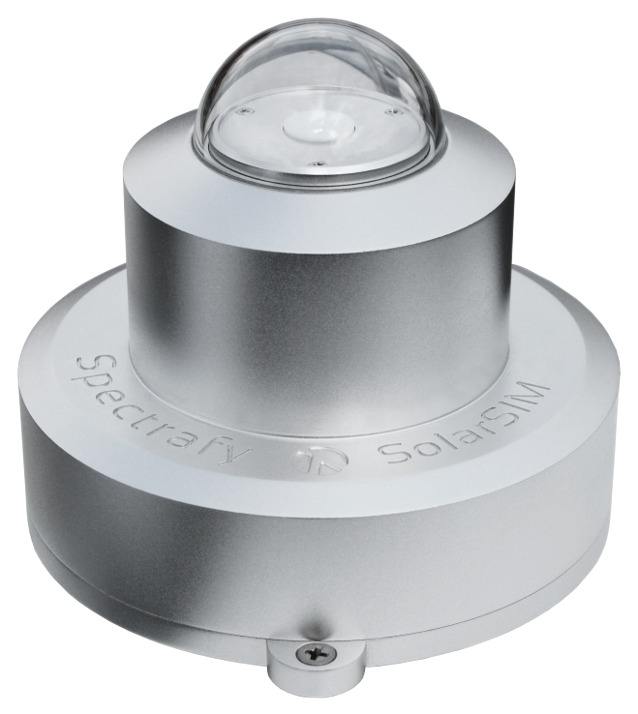
three component irradiance measurement
SolarSIM-3C
The SolarSIM-3C uses the power of spectral measurement to extract global, direct and diffuse irradiance data from a single sensor, with no moving parts.
The SolarSIM-3C is a Class A pyranometer that also resolves direct and diffuse irradiance components, making it the ideal choice for meeting ISO requirements for diffuse irradiance measurement on PV power plants.
| Measurands: | Global solar irradiance (meas.), diffuse solar irradiance (calc.), direct solar irradiance (calc.), sunshine duration (calc.), precipitable water vapour. |
| Technology: | Software-augmented multi-filter radiometer with machine learning decomposition algorithms. |
| Highlights: | Global, direct and diffuse irradiance measurement from a single Class A pyranometer with no moving parts. |
| ISO9060:2018: | Class A, spectrally flat for sunlight, fast-response optional. |
3 component measurement. 0 moving parts.
The SolarSIM-3C represents a step change in the ease and affordability of three component irradiance measurement. It is the first, and only, Class A pyranometer capable of resolving global, direct and diffuse irradiance components all by itself.
The SolarSIM-3C makes this possible by combining Spectrafy's patented multi-spectral measurement technology with machine-learning spectral decomposition algorithms to accurately extract diffuse and direct irradiance data from the SolarSIM-3Cs multi-spectral irradiance measurements.
The SolarSIM-3C uses filtered photodiodes to make precise, multi-spectral measurements of the solar spectrum in several narrow wavelength bands. These measurements then inform the SolarSIM-3C’s software to accurately resolve the complete global solar spectrum and total global solar irradiance, under all sky conditions. Powerful machine learning algorithms are subsequently employed to decompose the broadband irradiance into its diffuse and direct components.
Applications for the SolarSIM-3C include solar resource assessment, PV plant operation aswell as meteorological research and monitoring networks.
All three irradiance components - and a few other things:
| Global horizontal solar irradiance | ISO9060:2018 Class A measurements of global irradiance (horizontal or tilted), under all sky conditions, covering the complete 280-4000nm solar spectral range. |
| Diffuse horizontal solar irradiance | Calculated diffuse horizontal solar irradiance. |
| Direct normal solar irradiance | Calculated direct normal solar irradiance. |
| Spectral correction factors for PV (global irradiance) | Automated calculation of global irradiance spectral correction factors for up to nine embedded or user-defined solar panels. |
| Sunshine duration | Length of time with direct normal irradiance greater than 120 W/m2. |
| Precipitable water vapour | Total column preciptable water vapour |
| Meteorological parameters | Ambient temperature, relative humidity and atmospheric pressure. |
The SolarSIM-G comes with powerful software to process and visualize your data.
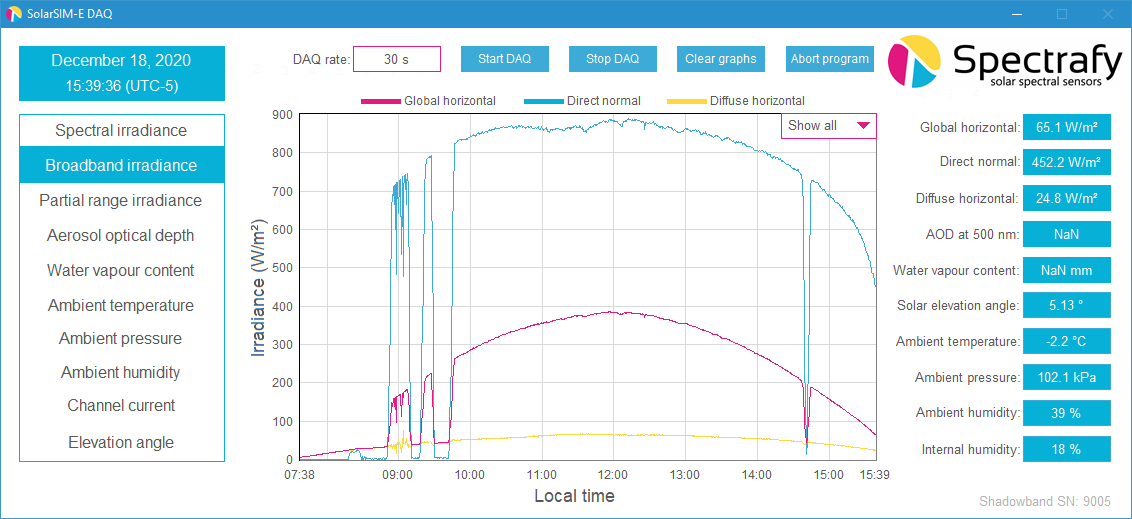
Multiple options for maximum ease.
Datalogger
With RS-485 ASCII digital output, the SolarSIM-3C can connect to any RS-485 capable datalogger. Sample datalogger code is available upon request.
Combox
Get your SolarSIM-3C working straight out of the box with our custom power/comms converter. The Combox allows you to connect to and power a SolarSIM-3C directly through a laptop or PC.
Serial over ethernet
The SolarSIM-3C can be connected to a networked PC/server via a suitable SoE device. Hardware recommendations are available upon request.
Broadband Irradiance
| Spectral range | 280 – 4000 nm |
| Maximum Irradiance | 2000 W/m2 |
| Response Time (95%) | 0. 7s (0.4s optional) |
| Zero offset (A and B) | n/a |
| Non-stability (change per year) | 0.2% |
| Non-linearity | 0.3% |
| Spectral selectivity | n/a |
| Temperature response | 0.1% (on-board temp. correction) |
| Directional/cosine response | 10 W/m2 |
| Tilt response | n/a |
| Calibration uncertainty | 1.1% |
| ISO 9060:2018 classification | Class A |
| ISO 9060:2018 sub-category: “Spectrally flat” | Compliant for sunlight |
| ISO 9060:2018 sub-category: “Fast response” | Optional |
| DHI uncertainty (90%) | ± 20 W/m2 |
| DNI uncertainty (90%) | ± 40 W/m2 |
| DHI annual sum error | ± 3.6% |
| DNI annual sum error | ± 2.7% |
Measurands
| Global horizontal solar irradiance | |
| Diffuse horizontal solar irradiance (calculated) | |
| Direct normal solar irradiance (calculated) | |
| Sunshine duration | |
| Preciptable water vapour | |
| Meteorological parameters (ambient temp., pressure, RH) |
General
| Weight | 1.2 kg |
| Dimensions | 132 x 132 x 110 mm |
| Power supply and use | 12 VDC, < 1W |
| Communication | RS-485 ASCII, Direct to PC, serial over ethernet, datalogger |
| Operating temperature range | -30 to 65 °C |
| Humidity Range | 0 to 100% RH |
The go-to solution for a wide range of applications.
| Solar resource assessment | The SolarSIM-3C combines Class A global irradiance measurement accuracy with the most affordable diffuse and direct irradiance data. |
| Solar power plant O&M | Meet ISO requirements for diffuse and direct irradiance data while minimising cost, maintenance and part count. |
| Meteorological research | Collect direct and diffuse irradiance data at remote and hostile sites where reliability and minimum maintenance requirements are paramount. |
| Meteorological networks | The SolarSIM-3C’s unrivalled measurement capabilities and ease of integration make it a must-have for new or upgraded networks. |
How does the SolarSIM-3C work?
The SolarSIM-G is a software augmented multi-filter radiometer. It uses filtered photodiodes to make precise, multi-spectral measurements of the solar spectrum in several narrow wavelength bands. These measurements then inform the SolarSIM-G’s software to accurately resolve the complete global solar spectrum and total global irradiance, under all sky conditions.
In addition, the SolarSIM-3C's software contains machine-learned algorithms capable of accurately extracting diffuse and direct irradiance components from the SOlarSIM-3C's multi-spectral measurement data.
How extensively have the SolarSIM-3C's decomposition algorithms been validated?
The SolarSIM-3C's derives direct and diffuse irradiance data from the its multi-spectral measurement data via machine-learning algorithms that have been trained on millions of data points from locations in Canada, USA and China. These algorithms undergo periodic review and iteration as even more training data becomes available from around the globe.
What does the SolarSIM-3C software do?
The core of the SolarSIM-3C software is a proprietary radiative transfer model that uses the SolarSIM-3C's multi-spectral measurements of sunlight, along with its measurements of ambient temperature, pressure and humidity to reconstruct the global solar spectral irradiance over the 280-4000nm range. The subsequent extraction of diffuse and direct irradiance components is enabled by the SolarSIM-3C's machine-learned spectral decomposition algorithms. More information on how the spectral decomposition algorithms work can be found in the SolarSIM-3C download section.
Why would I choose a SolarSIM-3C over a traditional thermopile pyranometer?
The SolarSIM-3C allows you to do much more than a thermopile pyranometer. As well as providing ISO9060:2018 Class A measurements of global solar irradiance (like a traditional thermopile pyranometer) the SolarSIM-3C also resolves direct and diffuse irradiance data, with no additional hardware required. This makes the SolarSIM-3C a compelling option for when diffuse and/or direct irradiance data is required in addition to GHI.
Does Spectrafy sell complete measurement systems
Yes, we can provide you with a complete turn-key system so you can hit the ground running with your SolarSIM-3C measurements.
How do I connect a SolarSIM-3C to my datalogger?
The SolarSIM-3C communicates via RS-485 ASCII. As such it can connect to any datalogger that accepts RS-485 or RS-232 inputs. Sections 4 and 6 of the SolarSIM-3C User Manual provides details regarding data logger integration, as do our data logger app notes found in the SolarSIM-3C download section.
How is the SolarSIM-3C calibrated?
All SolarSIM-3C production units undergo electrical, thermal and optical calibration. The optical calibration is performed on-sun against our reference SolarSIM-G sensors The reference sensors are calibrated for absolute irradiance at NREL in Golden Colorado and are traceable to NIST Spectral Irradiance Standard Model FEL lamps.
How often should I get my SolarSIM-3C recalibrated?
We recommend recalibration every two years in order to ensure the highest measurement accuracy. Recalibration is performed on-sun, at Spectrafy HQ in Ottawa, Canada. Please contact us prior to shipping your unit in order to ensure the swiftest calibration process possible.
How does the process of upgrading my SolarSIM-3C to add additional measurement functions work?
The SolarSIM-3C can be purchased with any or all of its measurement capabilities activated. Additional measurement options can be added at any point in the future via a simple software upgrade. At the same time, users can also choose to have their historical data reprocessed, to include the new measurand(s) from inception.
costs.
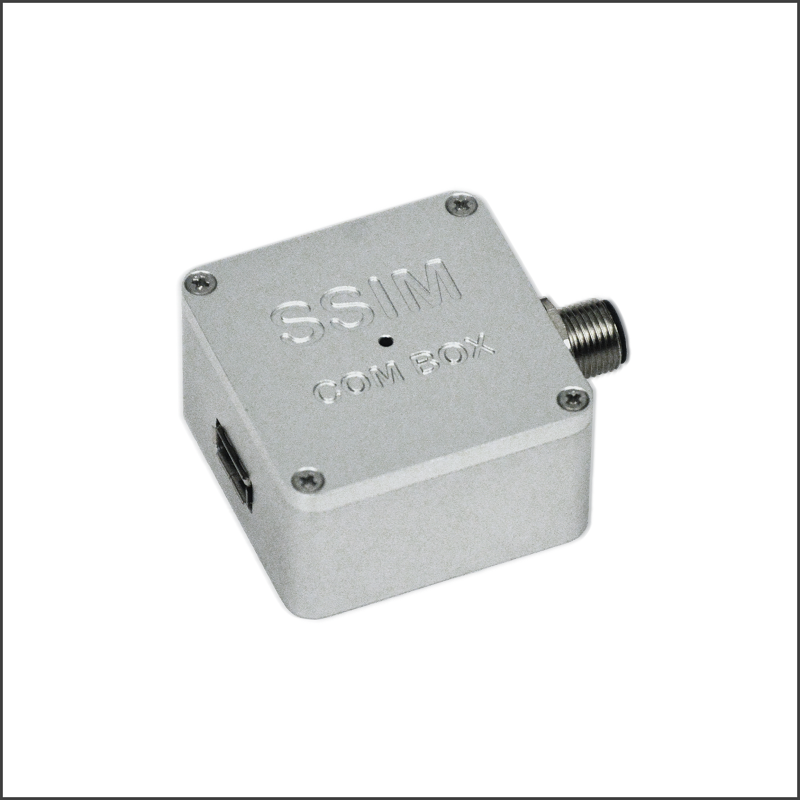
Combox
The Combox is a power and comms converter that allows the user to connect to and power their SolarSIM directly through a PC or laptop.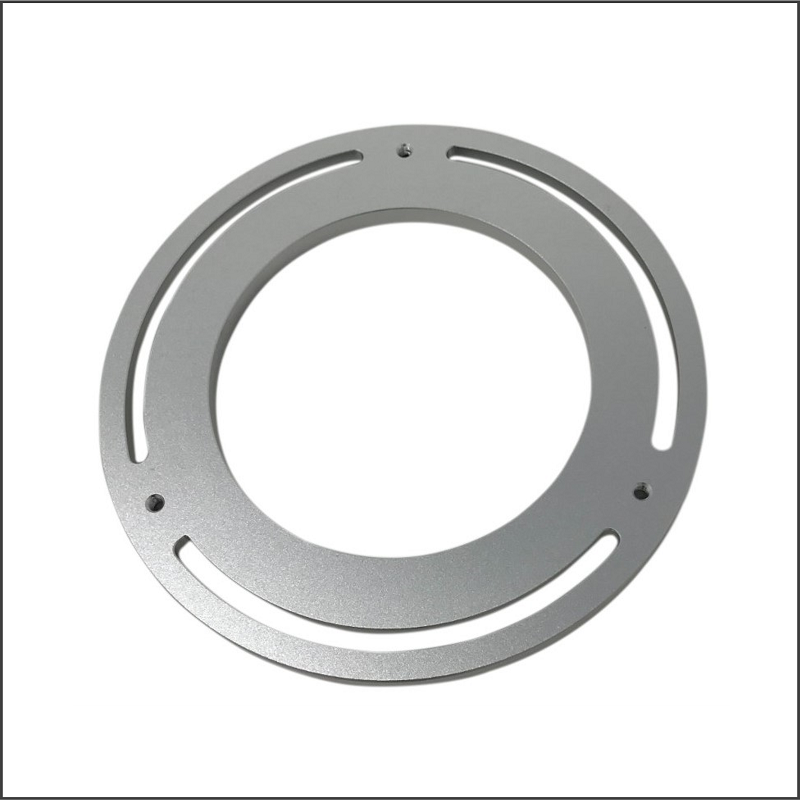
MP-G Mounting Plate
We offer a range of standard, anodized aluminum mounting plates suitable for mounting the SolarSIM-G, SolarSIM-GPV, SolarSIM-GUV and SolarSIM-3C. Custom options are also available.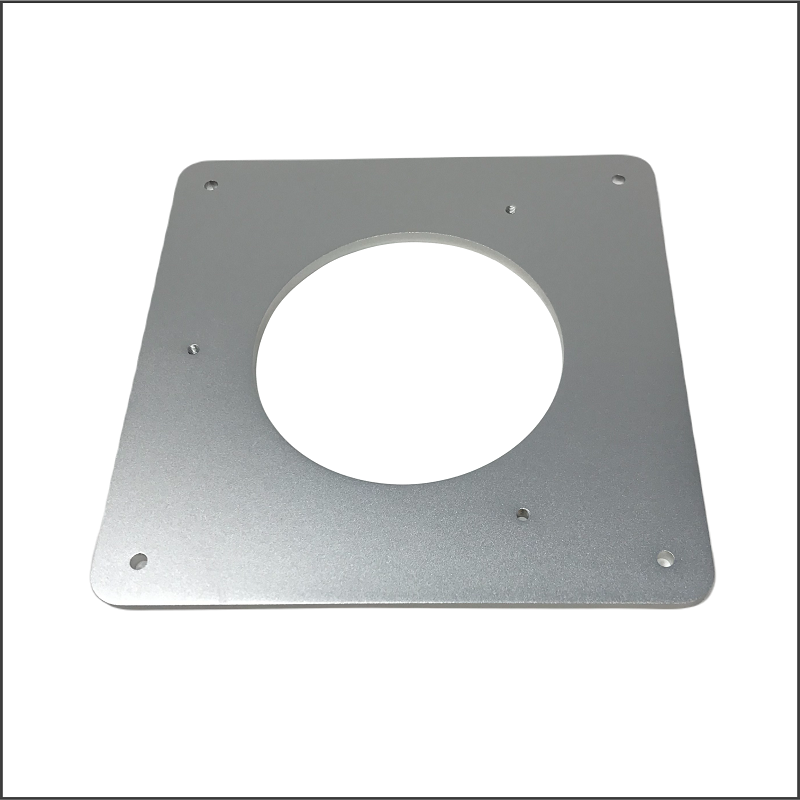
MP-D2 Mounting Plate
We offer a range of standard, anodized aluminum mounting plates suitable for mounting the SolarSIM-D2 to various solar trackers. Also compatible wtih the SolarSIM-G, SolarSIM-GPV, SolarSIM-GUV and SolarSIM-3C. Custom options are also available.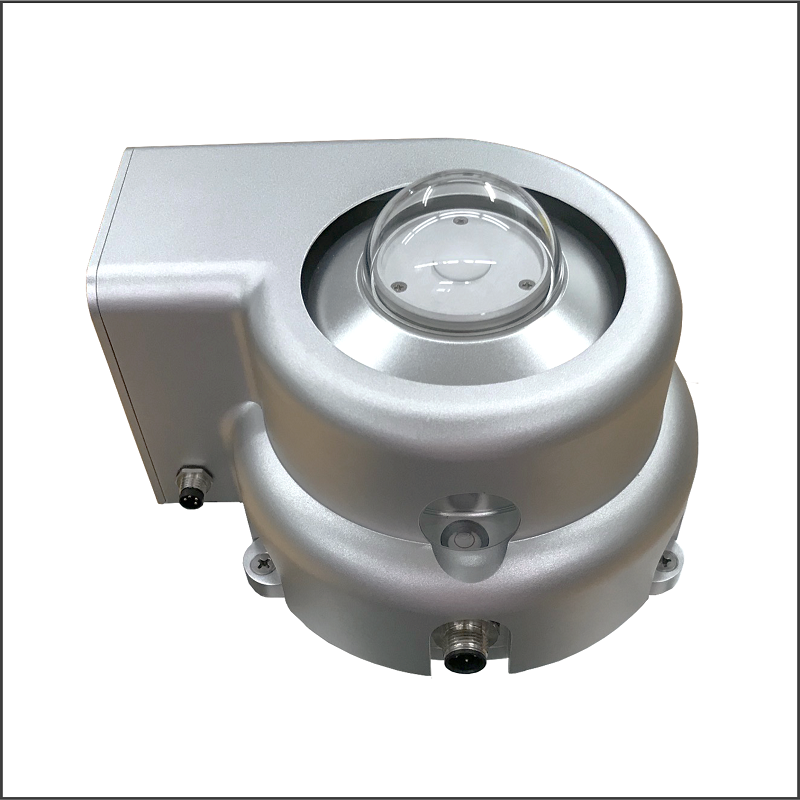
GV-1 Ventilator
The GV-1 ventilator maximizes the reliability and accuracy of SolarSIM-G, SolarSIM-GPV, SolarSIM-GUV, SolarSIM-3C and SolarSIM-ALB measurements while minimizing maintenance, by reducing the effects of dust, raindrops and dew.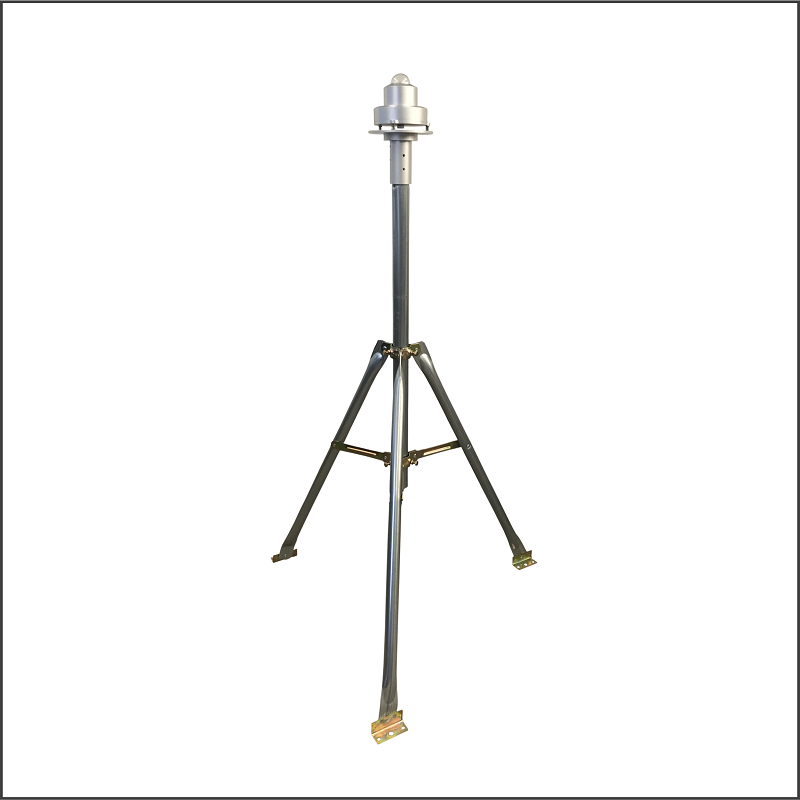
TMP-G Tripod Mounting Platform
Our tripod mounting platform with integrated mounting plate, provides a rugged, easily installed solution for deploying your SolarSIM-G, SolarSIM-GPV, SolarSIM-GUV or SolarSIM-3C sensor in the field.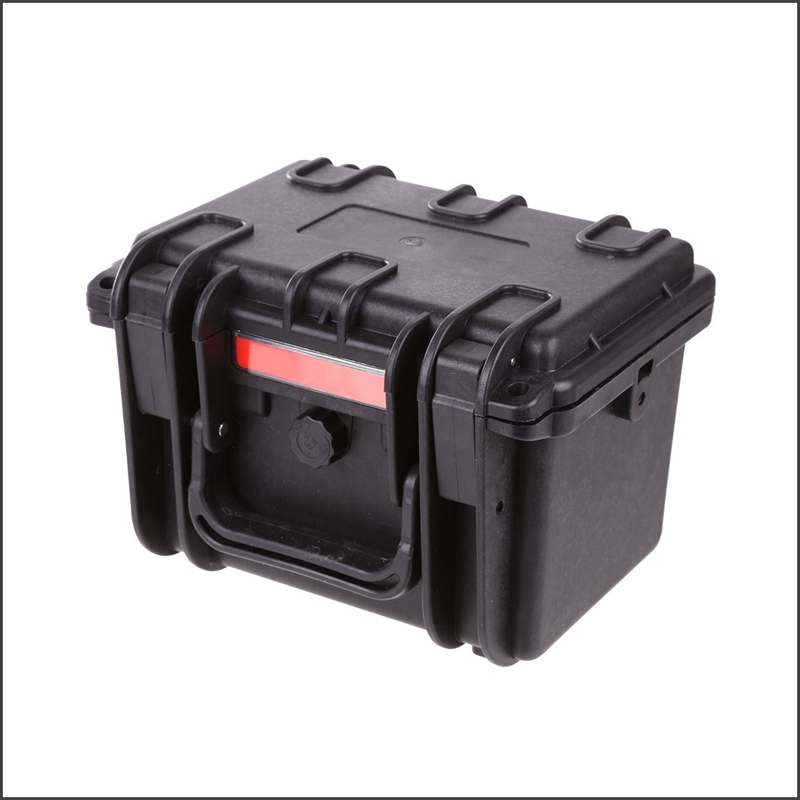
CC-G Carry Case
Hard plastic, waterproof, shockproof and dust proof carry case with custom foam cut outs to keep your SolarSIM-G/GPV/GUV/3C safe and snug.